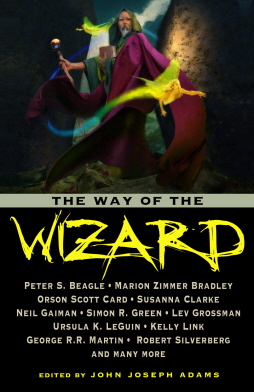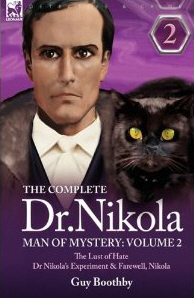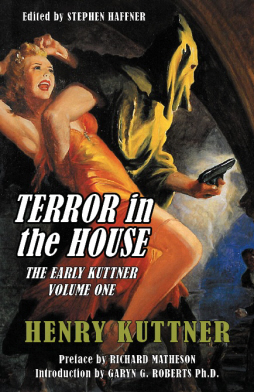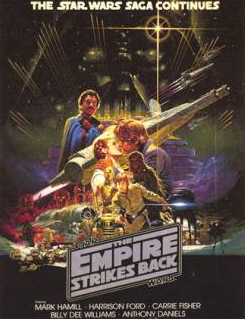Monstrous Post on Monsters: First Sequence
Were I a monster good and proper, I wouldn’t bother with these words shimmering on your computer screen. I’d rather reach through the transparent pane and pluck your eyes right out of your gobsmacked head, and none too neatly either, and as I contentedly burst your eyeballs between my teeth I’d either savor your screams with equal relish, or simply ignore them.
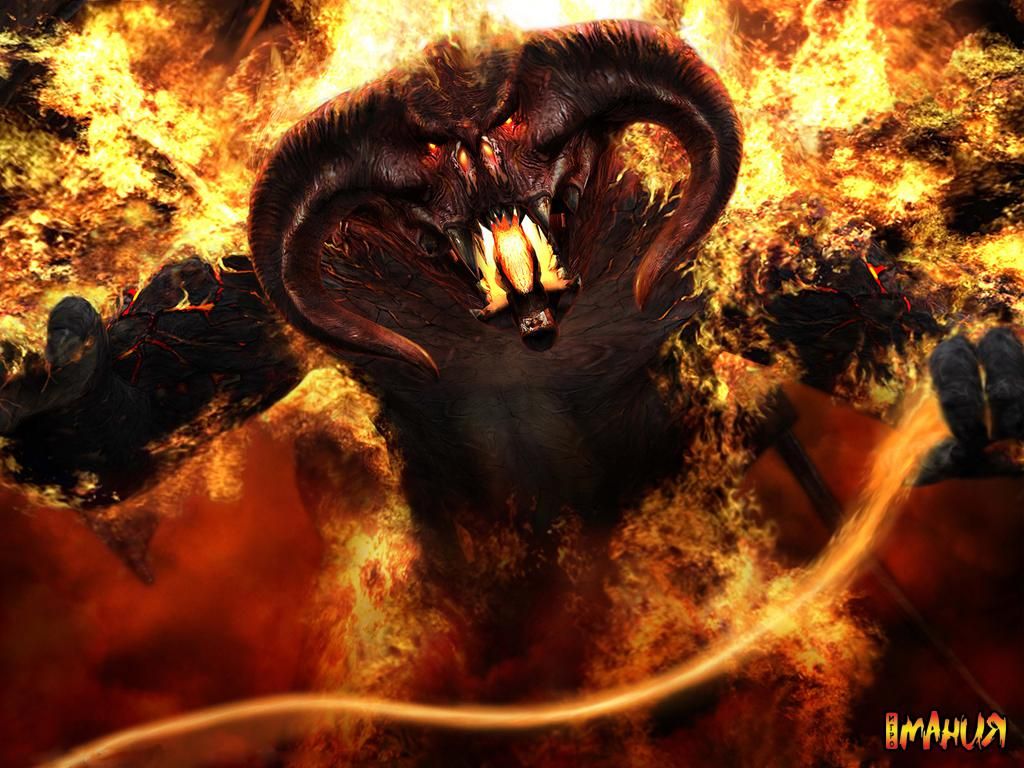
But alas, such an act is (for now) beyond my capacity, and so in lieu of a more hands-on experience I offer you a blog entry about monsters. Perhaps the first of several, depending on the whims of my Lady Cooney, Supreme Sorceress of the Black Gate.
Maybe it’s time for introductions. I’m Mike Allen, and you’ve heard about me here before, in entries on modern Cthulhu Mythos stories, Heavy Metal in Fantasy, the fantasy poetry journal Goblin Fruit, and Arab/Muslim fantasy fiction. Yup, these chaps are all the same Mike Allen. I’m grateful to John R. Fultz, Amal El-Mohtar and of course Miss Cooney for all this foreshadowing.
I have some experience with monsters, which I presume is why Miss Cooney asked me to write about this topic.
At the most recent World Fantasy Convention, aside from hanging out with the Black Gate crew, I participated in a panel called Beyond Modern Horror, that in a nutshell boiled down to what creators of horror do to scare and disturb the readers of today. And as you can imagine, monsters came up in the discussion.
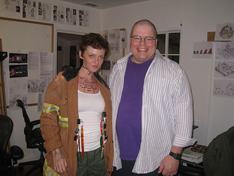
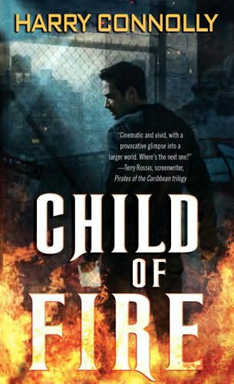 Did you know that there are awards for book trailers? They’re called “The Moby Awards” and you can check the most recent winners (and losers)
Did you know that there are awards for book trailers? They’re called “The Moby Awards” and you can check the most recent winners (and losers) 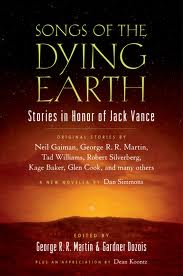
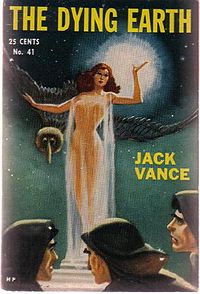

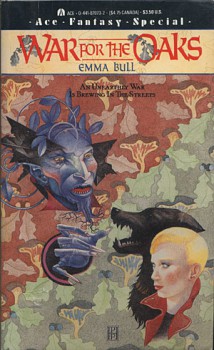 War for the Oaks, by Emma Bull
War for the Oaks, by Emma Bull